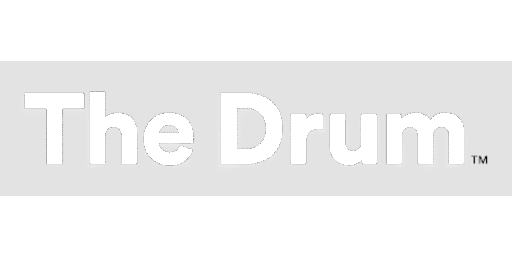
The burgeoning InsurTech industry (think fintech, but for insurance) is ripe for innovation and disruption. Despite being a developing sector, it has shown tremendous growth potential ($2.7 billion of investment in 2015 alone) and has brought about significant change to the wider insurance industry. While early adopters and investors are currently reaping rewards, the InsurTech industry is allowing it’s benefits to overshadow its shortcomings, issues which need to be addressed in its initial phases if it wants to last the test of time.
Privacy
A lack of cybersecurity and a general laissez faire attitude to privacy issues online is one such shortcoming of the InsurTech industry. This is most acutely seen with Internet of Things (IoT) devices, which are immensely vulnerable, yet a largely ignored problem. While some users are aware of protecting their mobile phones from security threats, few consider how being connected to the internet effects their smart speakers, fridge, thermostat and whatever else is internet-enabled these days. In order to help raise awareness about the problem the Japanese government exploited vulnerabilities in IoT devices by running a nation-wide hacking campaign to increase vigilance about the threat ahead of the 2020 Olympic Games.
Perhaps a bigger issue is that the IoT increases digital end-points, which means that there are more entry points for hackers to access your data. Even when ignoring the hacking potential of malicious actors, many businesses and corporations have access to a wealth of personal information that we now store about ourselves on our devices and online. With this in mind, what can be done to lessen the threat to an individual’s privacy and personal data?
Unfortunately, many IoT devices are not compatible with cybersecurity tools, so you can’t install the latest edition of McAfee, Norton or Kapersky Anti-Virus on your smart dishwasher, but there are still viable ways of protecting your privacy. For instance, you could install a VPN router, allowing you to protect your network from its source point, which further protects all the devices that rely on that connection.
Lack of regulation
As with many emergent industries, the rush to find a place in the market means that the resulting technologies can be quite divergent in their solutions to the same issues. While this doesn’t appear a significant issue in the initial phase of an industry’s growth, if compounded by a lack of regulation, it can turn into a serious shortcoming.
These variations can make security and privacy a serious challenge, one that is yet to be solved. Despite such a glaring lack of cybersecurity solutions with regards to IoT devices and huge fines being issued to companies for privacy breaches, few tech companies seem to be rising to the challenge of solving these privacy problems.
Further to this, the evolution of InsurTech businesses could be perceived as a threat to the traditional insurance market. The speed at which InsurTech companies are bringing innovations to the market threatens to create an entirely new industry model, in direct opposition to traditional insurance businesses, which then poses the question, of whether the insurance industry should be afraid of InsurTech? The creation of a regulatory body that discerned the path of development for InsurTech would likely eliminate the chance of an industry split.
The Takeaway
It is no longer a question of whether InsurTech will be adopted into the insurance industry, rather it is whether the insurance industry will exert enough pressure on InsurTech to force it to conform. Or perhaps even traditional insurers will be coerced into adopting the bleeding edge innovations from InsureTech?
More to the point, how viable is InsurTech for insurance consumers? While its offers digital convenience and forward-thinking technology, it often comes at the cost of privacy and cybersecurity risks, which more end users need to seriously consider as a poor exchange.



